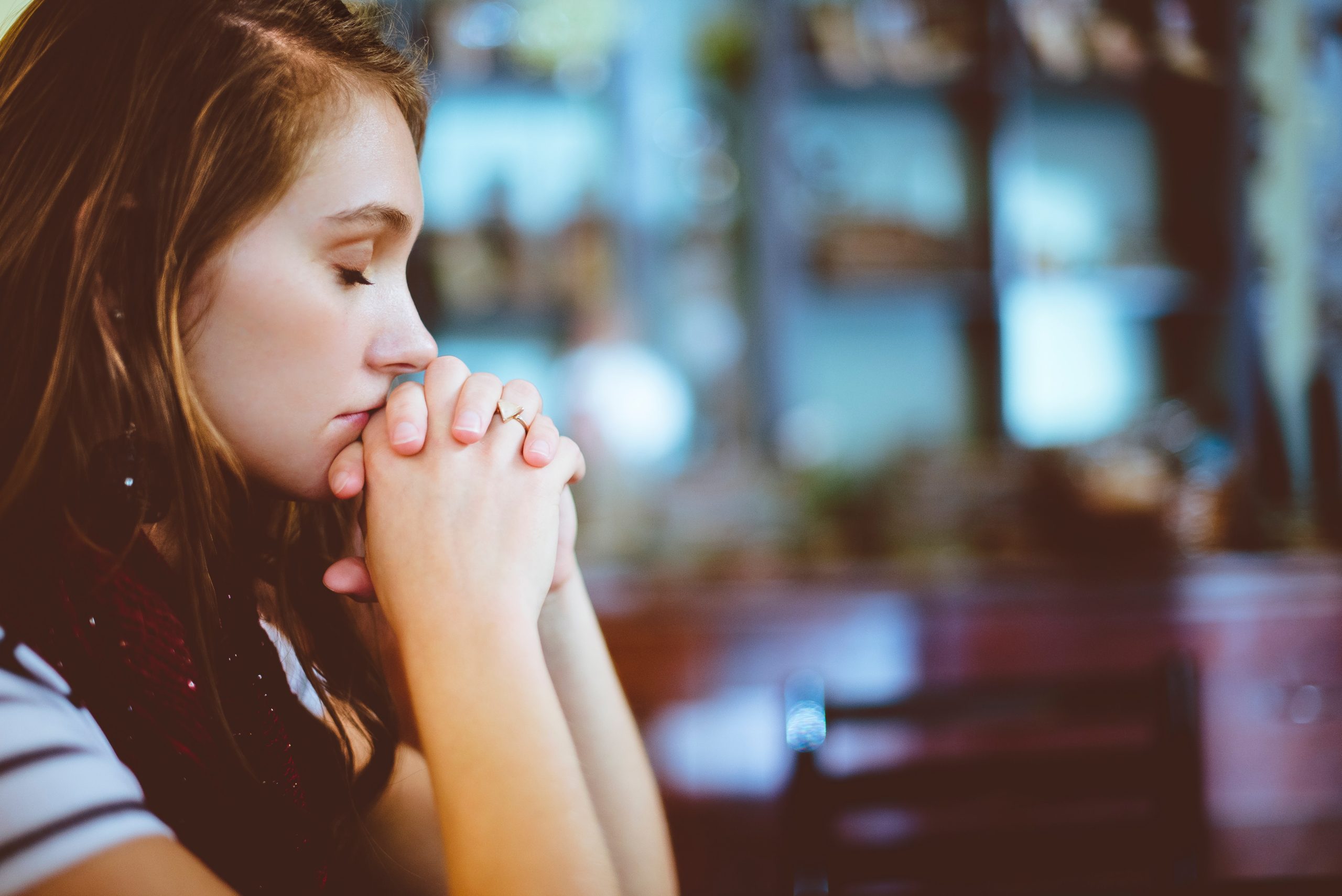As coronavirus spreads around the world, we are required to make radical changes in our daily lives quickly. Perhaps the toughest is social distancing. We need to stop seeing our friends, getting together in groups, and even touching each other. Social distancing means suppressing our deeply innate and evolutionarily hard-wired impulses for connection. It is doubly challenging because when humans feel threated and distressed, their natural need for close contact with others becomes even more urgent. So the impulse to be close to others may become even harder to resist.
Connecting with other humans naturally soothes our nervous systems. When we are in close contact, we experience co-regulation. That is, when we are together, we sync up physiologically – through touch, vocal intonation, and facial expressions which all serve to calm us down mutually. This forced separation can increase anxiety because we have fewer opportunities for co-regulation. As we isolate physically and experience less co-regulation, our bodies become more defensive, and we become more self-focused, trust others less, and our anxiety goes up.
There is a great deal of individual variation in people’s ability to handle social isolation and stress. And it’s important to acknowledge that not everyone is going into this experience with the same level of mental health. Someone who is already having challenges with social anxiety, depression, or loneliness may be particularly vulnerable. For these individuals, social distancing may exacerbate their conditions and increase feelings of loneliness and isolation.
This crisis has hit all the hot buttons linked to our basic survival instincts. Threats to our physical and financial security quickly spark an uptick in anxiety. As we become more anxious, our perception and cognitive capacity become limited and narrow, giving us tunnel vision. Our attention is then magnetized toward negative information and we begin surveying for possible threats.
The uncertainty of the pandemic triggers the fear centers of the brain. Fear and doubt lead to anxiety, and anxiety can spread like a virus itself. Without physical contact and opportunities for co-regulation, we are more likely to spread this anxiety to others. We can create fear viruses. For instance, although people on social media have good intentions to share news about coronavirus, as they report supply shortages and speculate on bad things that could happen, they can inadvertently create more anxiety in themselves and those in their social network. In a sense, the more disturbing news you read, the more you are likely to take on that anxiety and spread it. People who are already suffering from anxiety and depression may be more susceptible to catching these fear viruses.
How to stay connected when feeling anxious without spreading the fear virus?
If you can’t be physically present, optimize face-to-face contact through a video call, instead of phone or text. The video call will allow you to attune to the other person’s body language, vocal intonation, and facial expression. Do this deliberately and connect mindfully.
Set your intention to support each other – to reassure each other that you are there for each other. Take the focus off yourself and pay attention to how the other person is feeling in the moment. (Focusing on yourself in social interactions can increase social anxiety.) Practice taking the other person’s perspective.
By breathing together, feeling grounded in your chair, and engaging your senses, you can stay in contact with yourself and your friend.
Maybe share some gratitude and appreciation – which can reduce anxiety and strengthen social bonds.
Share memories of happy times, so to keep current concerns in a balanced perspective.
Stay in the moment and enjoy your visit with your friend.
Savor the calming effect afterward.
References
Judson Brewer (2020). Anxiety is contagious. Here’s how to contain it. Harvard Business Review.
Stephen Porges, (2020). How to counter the effects of social distancing, YouTube video.
Originally published at Psychology Today
